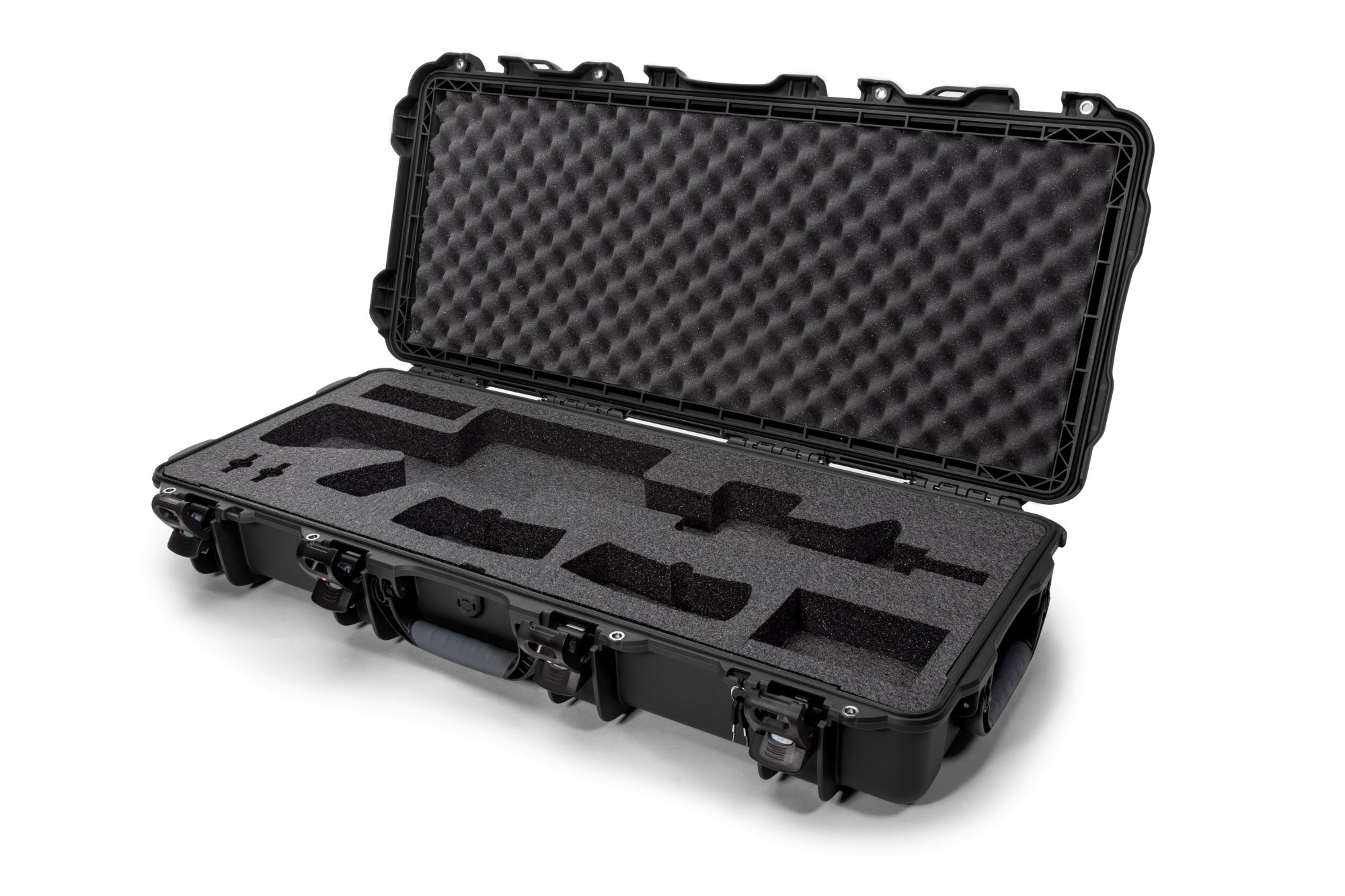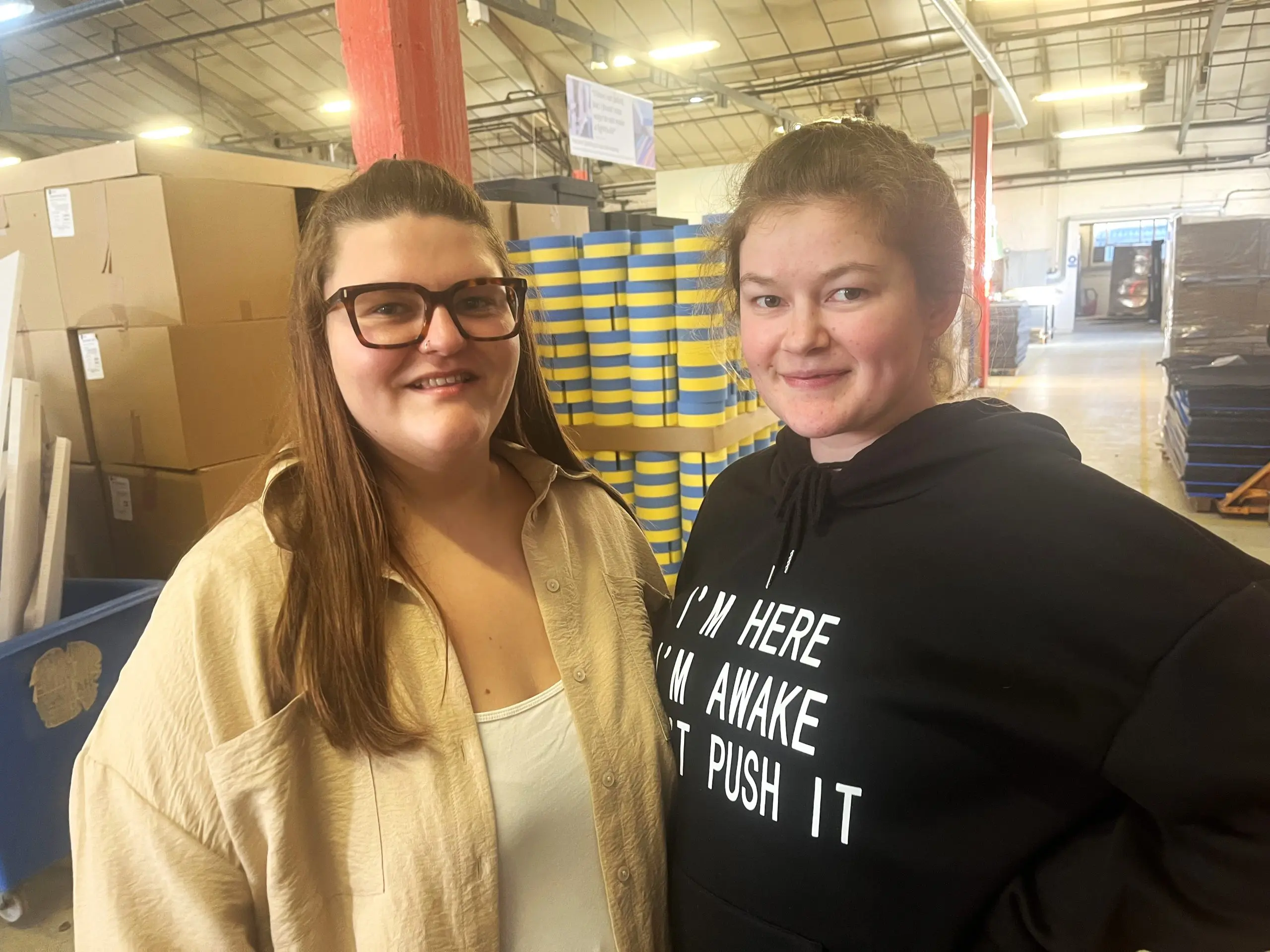
18th March 2025
Kewell Converters and the defence sector: Developing custom military foam solutions
Read more >

Sustainability is a key topic for businesses globally today – this has resulted in the rise of sustainable foam materials that make it possible for organisations to be greener. One foam type where the shift towards sustainability has been very noticeable is flexible PU foam, which is not only one of the most popular types of foam but also one that offers many sustainability advantages.
This type of foam is a thermosetting polymer that is most often used where there is a requirement for durability. That could be, for example, in bedding, transport or upholstered furniture. Historically, the raw materials that have been used for flexible PU foam have had fossil origins, which made it non-sustainable. Today, we are increasingly seeing a shift towards the use of different types of raw materials for creating flexible PU foam, for example bio-polyols, CO2-based polyols and recycled polyols. These foams that have bio content are already on the market – and have been for some time now. They offer a more sustainable alternative and a starting point to make foam truly sustainable going forward.
The actual process of creating foam doesn’t have a huge impact on the environment. This is because foam processing doesn’t consume that much energy, as the chemical reactions involved are exothermic. However, many foam producers are still looking for ways to improve the environmental soundness of their processes, whether that is using renewable energy, minimising water usage or finding new ways to deal with waste.
Because foam is incredibly lightweight and made mostly from air it has proved uneconomical to transport it via trucks in the past over long distances. However, recent times have seen the development of new formulations of foam and new solutions that make it possible to compress and roll foam so that it can be more effectively stored and transported. A great example is the way that mattresses are compressed for transportation today.
One of the major advantages of foam is that it is incredibly durable and long-lasting and so rarely needs to be replaced. The foam in a car seat, for example, never needs to be replaced so there is no need for excessive replacement parts. What happens to flexible PU foam at the end of its life will depend on the product that it has been used for – many mattresses still end up in landfill, for example. This type of foam cannot just be melted down to make new products and specific recycling technologies have had to be developed to deal with it. Each of these also has to be applied to the specific products in which the foam is being used – for example, the EU is proposing a revision to the End-of-Life Vehicles Directive that will include information on recycling content such as the PU foam in vehicles.
The foam industry is more sustainable than it has ever been and the way that products such as flexible PU foam are now treated throughout the life cycle is evidence of coming change.
Find out more about Kewell Converters commitment to sustainability or contact us to discuss your foam requirements.

18th March 2025
Read more >

17th March 2025
Read more >

6th March 2025
Read more >